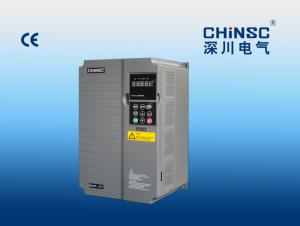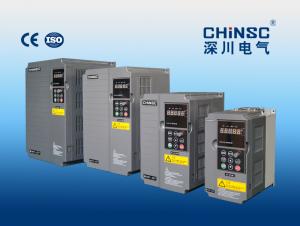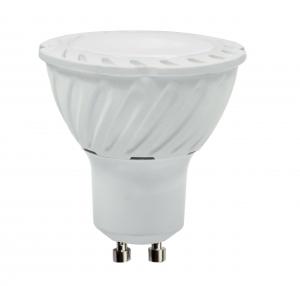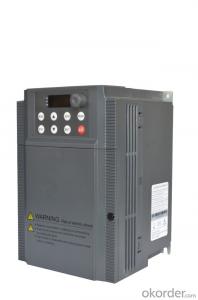3 Phase Solar Hybrid Inverter
3 Phase Solar Hybrid Inverter Related Searches
Inverter For Off Grid Solar Ct For Solar Inverter Solar Inverter For Rv Inverter For Solar Quality Solar Inverter Best Solar Inverter In Kerala 3 In 1 Solar Inverter Buy Solar Inverter In Nigeria Pcu Mode In Solar Inverter Igbt In Solar InverterHot Searches
Solar Inverter For Laptop Solar Inverter For Fridge Best China Solar Inverter China 3 Phase Solar Inverter Solar Inverter Supplier In Uae Solar Inverter In Dubai Solar Inverter In Saudi Arabia Solar Inverter In Uae Solar Inverter In Kerala Solar Inverter In Nepal Solar Inverter In Burpengary Solar Inverter In Caboolture Solar Inverter In Chennai Solar Inverter In Lebanon China 10kva Solar Inverter China Solar Inverter 1000kw China Solar Inverter 3kw China 5000w Solar Inverter China 850va Solar Inverter Solar Inverter For Fridge3 Phase Solar Hybrid Inverter Supplier & Manufacturer from China
Okorder.com is a professional 3 Phase Solar Hybrid Inverter supplier & manufacturer, offers integrated one-stop services including real-time quoting and online cargo tracking. We are funded by CNBM Group, a Fortune 500 enterprise and the largest 3 Phase Solar Hybrid Inverter firm in China.Hot Products
FAQ
- Yes, a solar inverter can be used with different types of tracking algorithms. The inverter is designed to convert the DC power generated by solar panels into usable AC power for various applications. The tracking algorithm, on the other hand, is responsible for optimizing the solar panel's orientation to maximize energy production. Different tracking algorithms like fixed tilt, single-axis, or dual-axis can be employed with the solar inverter to enhance energy harvesting based on factors such as sun's position, time of day, and weather conditions.
- The role of a fault detection system in a solar inverter is to monitor the performance and health of the inverter and solar panels, and to detect any faults or abnormalities that may occur during operation. It helps to identify issues such as short circuits, voltage fluctuations, overheating, or component failures, which can affect the efficiency and safety of the solar power system. By quickly identifying and alerting the user or system operator about these faults, the fault detection system allows for timely maintenance or repair, ensuring optimal performance and longevity of the solar inverter.
- A solar inverter communicates with other system components through various methods such as wired connections or wireless technologies like Wi-Fi or Bluetooth. It exchanges information with components like solar panels, batteries, and control systems to monitor and regulate the flow of electricity, optimize energy production, and ensure safe and efficient operation of the solar power system.
- The role of a remote monitoring system in a solar inverter is to provide real-time data and analysis of the performance and operation of the solar inverter. It allows for remote access and control, enabling solar system owners and operators to monitor the energy production, detect any issues or faults, and optimize the performance of the solar inverter from a remote location.
- A grid-tied solar inverter converts the direct current (DC) electricity generated by solar panels into alternating current (AC) electricity that can be fed into the electrical grid. It synchronizes the solar panel's electricity with the utility grid's electricity, allowing the excess power to be sent back to the grid or drawing power from the grid when the solar panels are not producing enough. The inverter also ensures the safety and reliability of the system by monitoring the grid's voltage and frequency, and disconnecting in case of grid failure to protect workers and prevent damage to the system.
- A solar inverter handles power export limitations imposed by the grid through a process known as grid-tied or utility interactive operation. It continuously monitors the grid's voltage and frequency, adjusting the power output of the solar system accordingly. If the grid is unable to accept additional power due to export limitations, the inverter will reduce the output of the solar system to ensure compliance with the grid's requirements. This allows for a smooth and safe integration of solar power into the grid, preventing any potential disruptions or overloading.
- A solar inverter handles frequency variations in the grid through its built-in control mechanisms. It continuously monitors the frequency of the grid and adjusts its own output accordingly to match the grid frequency. This ensures that the solar inverter remains synchronized with the grid and allows for seamless power transfer between the two.
- Yes, a solar inverter can be used with a solar-powered food dehydrator. A solar inverter is responsible for converting the direct current (DC) produced by solar panels into alternating current (AC) that can be used to power electrical devices. Since a solar-powered food dehydrator typically requires AC power, a solar inverter is necessary to convert the DC power generated by the solar panels into the appropriate form for the dehydrator to function.











































